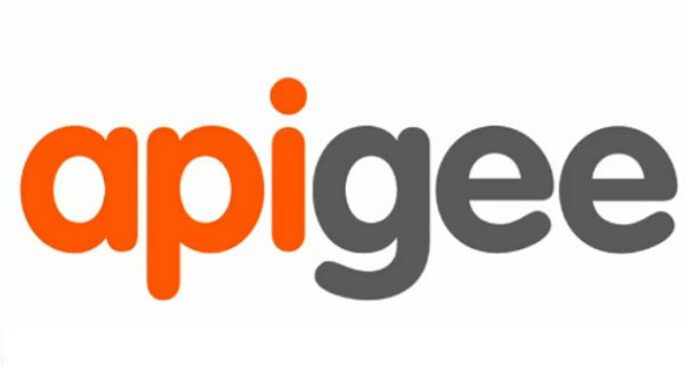When AT&T executives talk about their network, they are more likely to discuss platforms and APIs than they are to mention servers and routers. Like other Tier I operators, AT&T is learning that the way it manages its intellectual property will impact its future at least as much as the way it manages hard assets.
“I’m not selling you a service, I’m selling you the ability to build your own,” said AT&T’s Laura Merling, vice president of ecosystems and solutions. Merling spoke to RCR Wireless last year as part of the Telecom Talent Wars software series. She said her job at AT&T is figuring out how to make the “entire company a platform.”
Companies like Apigee build the bridges between telecom giants like AT&T and the thousands of small developers who stand ready to add value to the network with new mobile apps. The AT&T API Platform runs on the Apigee Enterprise API management service, which allows AT&T to offer developers secure access to its APIs while protecting customers and the business from security threats and back-end overload. Apigee says that seven of the top ten global carriers are using its solutions for API interfaces to the outside world, as well as to connect to traditional BSS/OSS vendors.
AT&T says it has offered messaging and billing APIs for years, and that by making more code available it will open up new opportunities for the company and its customers, and for developers. Two examples are its payment API for in-app purchases and the APIs around its Watson speech technology, which give developers the opportunity to incorporate AT&T’s voice engine into their apps.
“Mobile operators are finding out that … they have to transform themselves from being operators to being innovators, and actually go off and become product companies,” said Apigee CEO Chet Kapoor. “So a good way to do that is to actually take the assets they already have and start exposing them, not just for their own employees to use but for their partners to use, and create an ecosystem around it.”
Kapoor said that many of the most creative solutions may come from within a service provider organization. “This is not just for what happens outside, it’s also what happens inside,” he said. “A service provider like AT&T has 50,000 – 70,000 technical people in their company. So it’s not just providing the assets to partners and to developers, but how do you go off and innovate yourselves.”
AT&T does offer incentives to employees who add value with new ideas. AT&T Toggle, which enables people to move mobile devices between work mode and personal mode, is a solution that originally came from an AT&T employee.
For the software companies that manage APIs, the future is bright. So bright, in fact, that larger players have been buyers of API specialists. CA Technologies purchased Layer 7 in this space, and Mashery went to Intel. Apigee appears ready to remain independent at least for now; the company recently completed a string of acquisitions, including InsightsOne, which adds predictive analytics to Apigee’s API capabilities. Apigee followed that acquisition with its largest funding round to date: $60 million led by Wellington Management and Pine River Capital.
“We are expanding very much in Europe as well as Asia-Pac, so a large portion of those dollars actually will go to sales and marketing expenses, worldwide expansion,” said Kapoor. “We plan to continue doing acquisitions, and to continue to go off and build our product, so the second place the money is going to go is to actually go for product development.”
Kapoor added that the company is not yet cash flow positive but is executing on a plan to get there. Apigee told The Wall Street Journal that it hopes to move towards an IPO. More recently, CEO Chet Kapoor talked with RCR Wireless News about his plans.

AT&T's API strategy
ABOUT AUTHOR
